SUMMARY
This is AI generated summarization, which may have errors. For context, always refer to the full article.
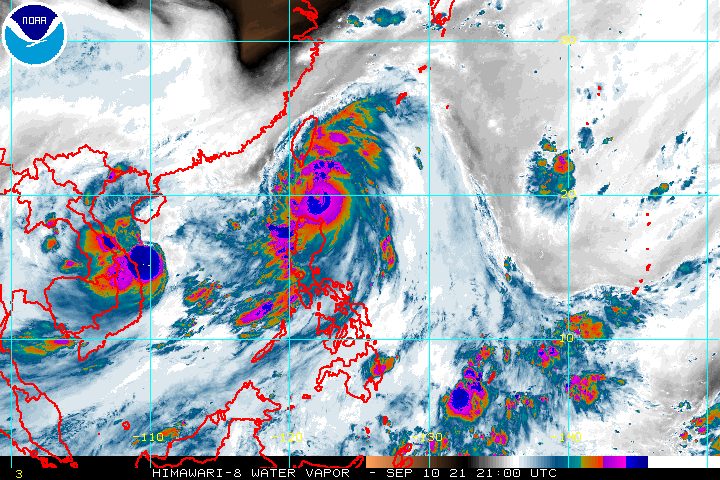
Typhoon Kiko (Chanthu) started to move toward the Philippines’ northernmost province of Batanes after passing to the east of Babuyan Island before dawn on Saturday, September 11.
The typhoon was already 75 kilometers south of Basco, Batanes, the Philippine Atmospheric, Geophysical, and Astronomical Services Administration (PAGASA) said in its 5 am bulletin on Saturday.
Kiko slowed down a bit, moving north northwest at 15 kilometers per hour from the previous 20 km/h.
PAGASA expects the typhoon to pass over or near Batanes in the next 12 hours, or by Saturday afternoon at the latest.
So far, Kiko still has maximum sustained winds of 215 km/h and gustiness of up to 265 km/h.
PAGASA said the typhoon is likely to maintain its strength in the next 12 hours, but may start to weaken later on Saturday or on Sunday, September 12, as it undergoes another eyewall replacement cycle.
The state weather bureau added that while Kiko’s intensification into a super typhoon is not the likelier scenario in the very near term, it is still not ruled out.
A super typhoon has maximum sustained winds exceeding 220 km/h. (READ: FAST FACTS: Tropical cyclones, rainfall advisories)
Some areas are no longer under tropical cyclone wind signals as of 5 am on Saturday, but Signal Nos. 1 to 4 remain in effect.
Signal No. 4 (very destructive typhoon-force winds)
- Batanes
- northeastern part of Babuyan Islands (Babuyan Island)
Signal No. 3 (destructive typhoon-force winds)
- northwestern and southeastern parts of Babuyan Islands (Panuitan Island, Calayan Island, Camiguin Island, Pamuktan Island, Didicas Island)
Signal No. 2 (damaging gale-force to storm-force winds)
- northern part of mainland Cagayan (Santa Ana, Gonzaga, Santa Teresita, Buguey, Sanchez-Mira, Pamplona, Ballesteros, Abulug, Camalaniugan, Aparri, Claveria, Santa Praxedes)
Signal No. 1 (strong winds)
- rest of mainland Cagayan
- northern part of Ilocos Norte (Adams, Dumalneg, Bangui, Vintar, Carasi, Nueva Era, Piddig, Solsona, Burgos, Pasuquin, Bacarra, Laoag City, San Nicolas, Sarrat, Dingras, Pagudpud)
- Apayao
- northern part of Kalinga (Balbalan, Pinukpuk, Tabuk City, Rizal)
- northeastern part of Abra (Tineg, Lacub, Malibcong)
- northern part of Isabela (Divilacan, Ilagan City, Quirino, Quezon, Mallig, Tumauini, Maconacon, San Pablo, Cabagan, Delfin Albano, Santo Tomas, Santa Maria)
There are also fewer areas which are expected to see rain from Kiko on Saturday. But scattered to widespread floods and landslides are still possible in parts of Northern Luzon.
Heavy to intense rain, with at times torrential rain
- Babuyan Islands
- Batanes
Moderate to heavy rain, with at times intense rain
- Cagayan
- Ilocos Norte
- Ilocos Sur
- Abra
- Apayao
- Kalinga
There also remains a moderate to high risk of life-threatening storm surges 2 to 3 meters high occurring on Saturday.
“Rising seawater along with the high waves from the shoreline moving inland may cause flooding in the low-lying coastal localities of Batanes and northeastern Cagayan including Babuyan Islands,” PAGASA said.
Sea travel remains dangerous in areas affected by Kiko.
Rough to phenomenal seas (waves 2.5 to 15 meters high)
Travel risky for all vessels, mariners advised to remain in port
- seaboards of areas under tropical cyclone wind signals
Moderate to rough seas (waves 1.2 to 3.5 meters high)
Travel risky for small vessels, mariners advised to avoid navigation
- eastern seaboards of Northern Luzon and Central Luzon that are not under tropical cyclone wind signals
Beginning Sunday, Kiko may move north or north northeast and pass over the sea east of Taiwan. Landfall in Taiwan, which is still within the Philippine Area of Responsibility (PAR), is not ruled out.
The typhoon may also weaken as it interacts with Taiwan’s rugged terrain.
Finally, Kiko might leave PAR on Sunday evening or early Monday morning, September 13. Once outside, it will move north or north northeast over the East China Sea.

On Saturday, Kiko will also continue to enhance the southwest monsoon or hanging habagat, which is affecting Luzon and Western Visayas.
In an advisory issued at 1 am on Saturday, PAGASA warned of moderate to heavy rain due to the enhanced southwest monsoon in the following areas:
- Palawan
- Occidental Mindoro
- Oriental Mindoro
- Cavite
- Batangas
- Metro Manila
- Bataan
- Zambales
- Antique
- northwestern part of Aklan
The affected areas must stay on alert for flash floods and landslides.
They will also experience occasional gusty winds, especially in coastal and upland localities, said PAGASA.

Kiko is the Philippines’ 11th tropical cyclone for 2021.
An average of 20 tropical cyclones form within or enter PAR each year. (READ: LIST: PAGASA’s names for tropical cyclones in 2021)
For the next six months, these are PAGASA’s estimates for the number of tropical cyclones inside PAR:
2021
- September – 2 or 3
- October – 2 or 3
- November – 2 or 3
- December – 1 or 2
2022
- January – 0 or 1
- February – 0 or 1
– Rappler.com
Add a comment
How does this make you feel?




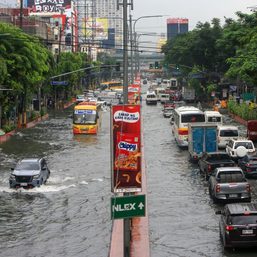
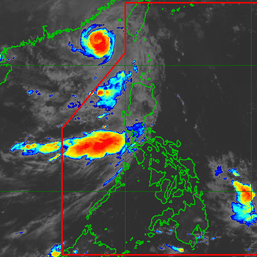
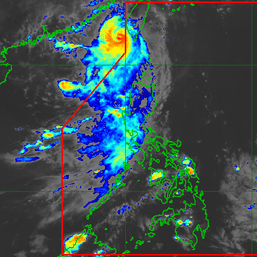
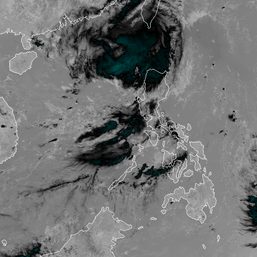
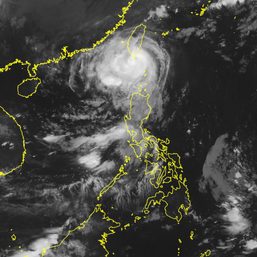
There are no comments yet. Add your comment to start the conversation.